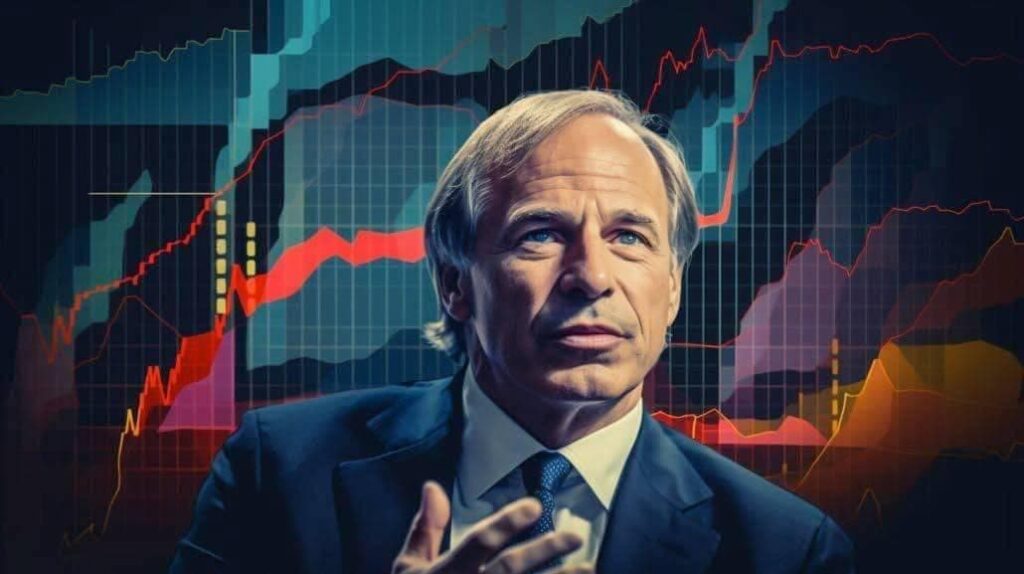Nvidia (NASDAQ: NVDA) shares slipped on Monday, shedding 4.18% to close at $136.02, breaking the critical psychological support level of $140.
The decline follows news of a senior Nvidia executive meeting with Chinese officials, which has sparked concerns amid increasing geopolitical and regulatory risks.
Amid this backdrop, Wall Street continues to set lofty expectations for Nvidia, forecasting 54% revenue growth for 2025. While demand for Nvidia’s chips remains robust, the stock’s elevated valuation leaves little room for error. Any perceived setbacks, including geopolitical risks or regulatory hurdles, could weigh heavily on investor sentiment.
Hedge funds adjust Nvidia positions
As Nvidia navigates these challenges, institutional investors have been recalibrating their exposure to the AI chip giant.
The latest insights come from billionaire investor Ray Dalio and his hedge fund, Bridgewater Associates. In its third-quarter 13F filing, Bridgewater revealed that it sold 1.8 million Nvidia shares during the period—worth approximately $212 million based on average Q3 prices—reducing its position by roughly 25%.
This move is part of a broader trend for Bridgewater, which has been trimming its Nvidia holdings steadily throughout 2024. At the end of 2023, the hedge fund owned over seven million Nvidia shares.
Despite these reductions, Nvidia remains Bridgewater’s fourth-largest holding, signaling that Dalio and his team still see long-term value in the stock but are opting to manage risk by rebalancing their exposure.
What does Dalio’s sale mean for investors?
Dalio’s decision to sell Nvidia shares may raise questions for retail investors. Should they follow suit and reduce their positions? It’s important to note that hedge funds like Bridgewater operate under different constraints.
For fund managers, quarterly performance is scrutinized by investors, which incentivizes them to lock in gains, especially after Nvidia’s stellar performance this year.
Nvidia’s long-term prospects remain promising, with continued demand for its AI chips and expansion into data centers, autonomous vehicles, and gaming. However, geopolitical uncertainties and heightened regulatory scrutiny could introduce volatility in the short term.
Nvidia’s meeting in China
The geopolitical landscape, particularly U.S.-China relations will be a key factor to watch as the semiconductor giant navigates the months ahead.
According to the South China Morning Post, Jay Puri, Nvidia’s executive vice president of worldwide field operations, met with China’s Vice Commerce Minister Wang Shouwen on November 25.
The discussion underscored China’s importance as a key market for Nvidia, while Minister Wang emphasized China’s openness to foreign business and encouraged Nvidia to strengthen its presence in the country.
However, the timing of the meeting is critical. It comes as the U.S. is expected to impose additional restrictions on China’s semiconductor industry, potentially blacklisting up to 200 Chinese chip companies and tightening controls on high-bandwidth memory chip exports.
All in all, this looming escalation continues to add uncertainty for Nvidia, whose revenue growth is heavily tied to global demand for its cutting-edge chips.
Disclaimer: The featured image in this article is for illustrative purposes only and may not accurately reflect the true likeness of the individuals depicted.









